Retro Review: Volkswagen Thing
The Volkswagen Thing, a car so weird they didn’t even bother coming up with a proper name for it.
Next Level Minimalism
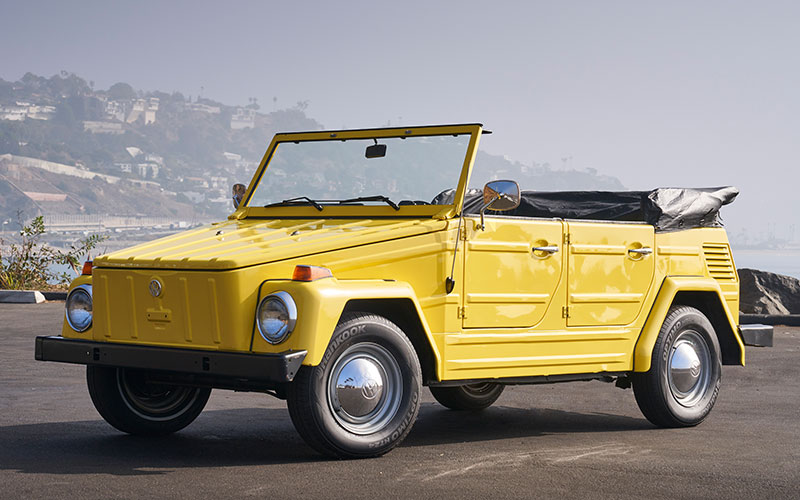
Volkswagen Thing – media.vw.com | Shop Volkswagen Thing on Carsforsale.com
The Jeep, the Land Cruiser, the G-Wagon … the Thing. One of these things is not like the rest. The Volkswagen Type 181, otherwise known as the VW Thing in the US, may have similar origins as those other military vehicles, but unlike them, the Thing didn’t go on to become a long-running, legendary off-roader. That’s because the Thing took the virtue of automotive minimalism to absurd extremes. To understand how Thing ended up so inexplicable that it didn’t even need a real name, we’ve got to look back to its beginnings.
The German Jeep

The Thing was produced from 1971 through 1983, but its origins go all the way back to Ferdinand Porsche and WWII. The German equivalent of the Willys Jeep was a lightweight, boxy military transport based off the Volkswagen Beetle. Prof. Porsche appears to have suffered from a case of the man with a hammer seeing every problem as a nail; only in his case, every engineering challenge was solved by simply building off the Beetle’s platform.
The resulting Küblewagen, which translates to “tub car” due to its resemblance to a steel tub, featured the classic Beetle layout of rear-engine, rear-wheel drive, with a locking rear differential making up for the lack of four-wheel drive. Tasked with the most strenuous of off-road driving situations, the Küblewagen’s saving grace was its simplicity, durability, and light weight, just under 1,600-lbs.
Project Europa
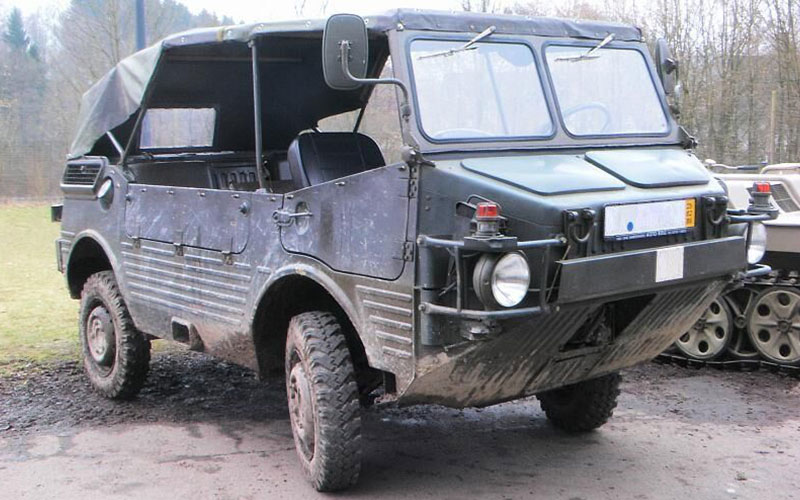
Flash forward to the 1960s and the NATO allies of German, Italy, and France are busy on the Europa Jeep project. The idea was to have a jointly designed, modular light military transport. The reality proved a classic military boondoggle. The plan to was to have two groups of automakers compete for the contract by jointly building their prototypes. The groups consisted of Fiat, MAN, and Savien versus Büssing, Hotchkiss, and Lancia. As the development dragged on Germany and NATO realized the need for a stop-gap vehicle until the Europa Jeep arrived.
Enter the Volkswagen Type 181 (the Thing). Volkswagen took the old design of the Küblewagen, and with minor alterations, served up the Type 181. The vehicle was a part-bin special, taking the Beetle’s drivetrain and the microbus’s chassis and suspension. The resurrected “tub car” proved to be just what NATO needed. Meanwhile, the Europa Jeep project produced prototypes but never an agreed upon design and after nearly ten years, the project was scuttled in favor of, you guessed it, a military version of the Type 181, the Type 183 Iltis.
Mechanicals
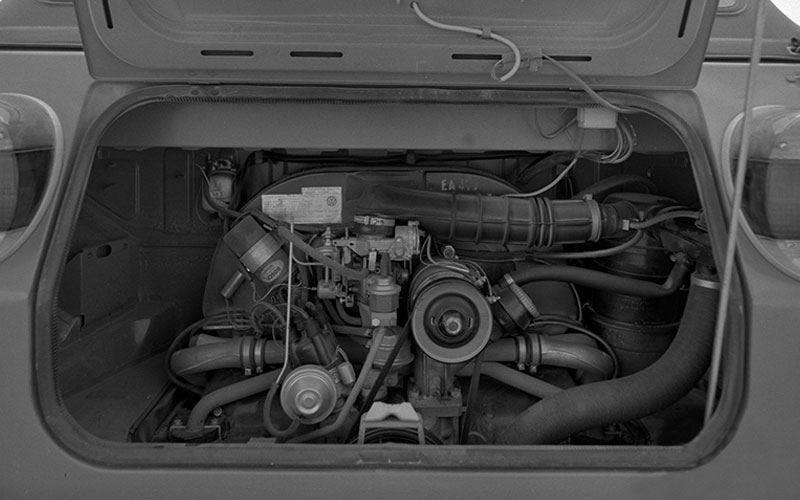
The Thing’s name is indeed fitting if for no other reason than it’s an automotive oddity. The weird, boxy body of the Thing belies the familiar Volkswagen underpinnings, which it borrowed from the Beetle, Microbus, and even the Karmann Ghia. All the angles on the Thing are sharp and pronounced, even the wheel arches come in a half-octagonal design.
Like the Beetle and the Type 2 Microbus, the Thing had a rear-mounted engine and rear-wheel drive. It came powered by either a 1.5L or 1.6L flat-four engine making all of 46 horsepower and came paired with a four-speed manual transmission. The Thing was painfully slow, taking 23 seconds to reach 60 mph. The pedal box is oddly shifted over to the center near the transmission tunnel owing to the positioning of the wheel wells.
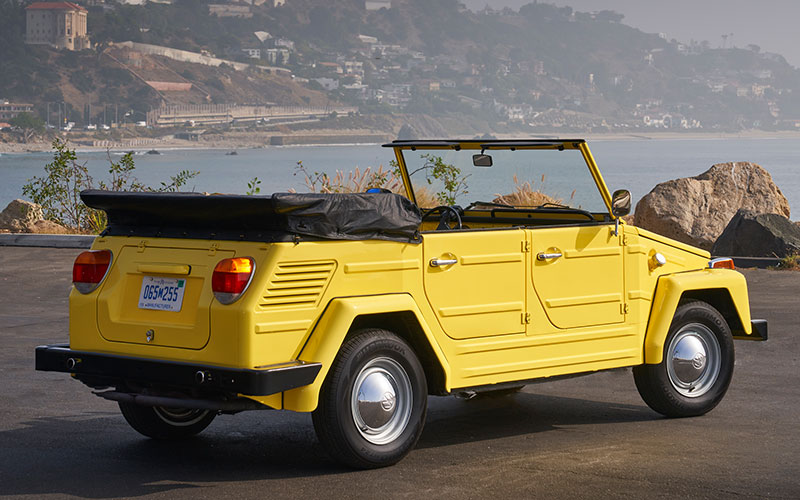
The Thing was designed to be a fun, maybe even frivolous vehicle. But it took the outdoor adventure part seriously. The removeable four doors are thin, feature no door card or interior paneling and are interchangeable excepting that the front doors are the ones that come with locks. With a drop top, those removeable doors, and a windshield that folded down, the Thing could do a decent open-air impression of a Jeep. The bare floor was designed to be hosed out, though wood slat panels were a common aftermarket addition. The dash had just one dial displaying both speed and fuel. The glove compartment was more of an alcove, lacking a proper door.
Novelty Appeal
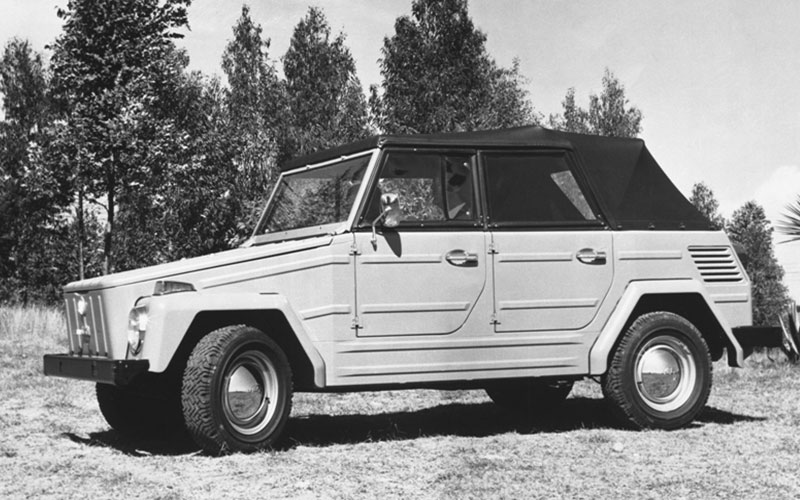
The Thing did not have a long stint in the US. First imported in 1972, the Thing lacked even the most basic safety features. It came in for particular scorn from Ralph Nadar, consumer advocate and author of Unsafe at Any Speed, who called for it’s banning in 1973. The Thing’s windshield being too close to front seat passengers ended up being the official reason for its eventual ban, but there were any number of other sketchy design features that raised questions about its safety. The lack of B- and C-pillars, the A-pillar being only the windshield, the thin steel paneling, the preposterously slow speed, all of which relegated the Thing to novelty status. As a fashionable runabout on Key West or as a “jeep” to traverse the grounds of your vast estate, the Thing will suit you, but for anything except a lark, the Thing was and remains charmingly impractical.
Volkswagen imported approximately 25,000 Things between 1972 and 1975, all built in Mexico, though model years were limited to 1973 and ’74. The sticker price of $3,150 meant the Thing was both expensive and impractical. Though no longer for sale in the US, the Thing continued to move units in Mexico and Europe until its cancellation in 1983.
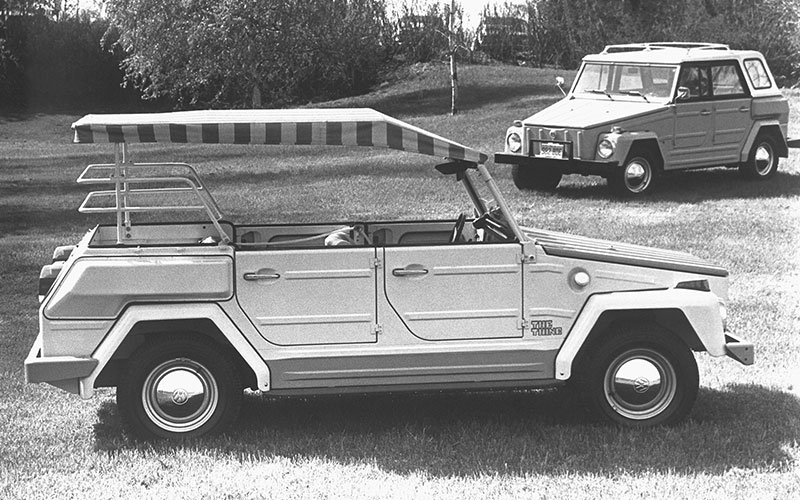
Volkswagen Thing – media.vw.com | Shop Volkswagen Thing on Carsforsale.com
The Thing took simplicity to an extreme, delivering a vehicle without sound deadening, safety features, or a reasonably powered engine. And yet, to this day, the Thing never fails to put a smile on people’s faces. The Thing is nothing if not visceral. It’s loud, clanging, and mechanical in all the best ways. And owning to its OG Volkswagen build, it shares the same durability and ease of maintenance with the classic Beetle and the Microbus.
Unlike the Land Cruiser or the Jeep, the Thing never really evolved beyond its bare-bones military origins. That may have held it back from becoming an off-road icon, but it also meant the Thing retained more of its original character.



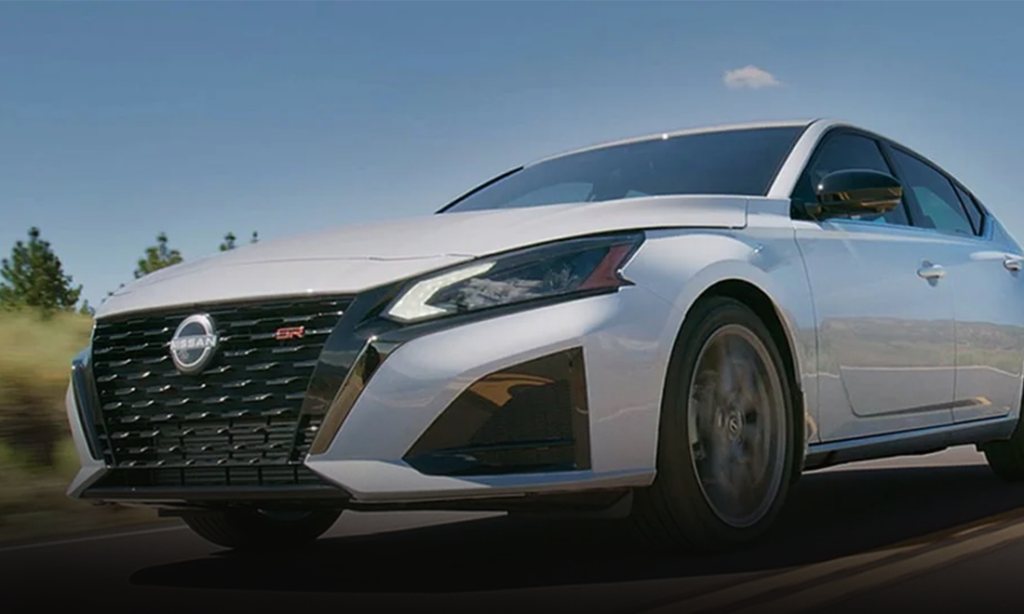
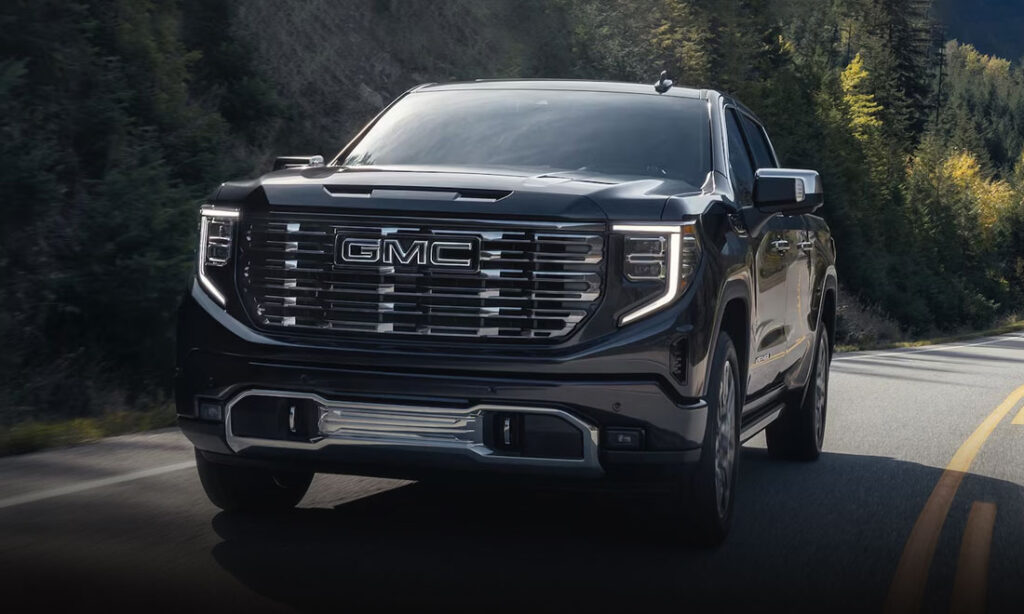




Worked at VW those years that was my demo in 1973 driving on the highway you couldn’t hear the radio at full volume
Thanks for sharing, John!